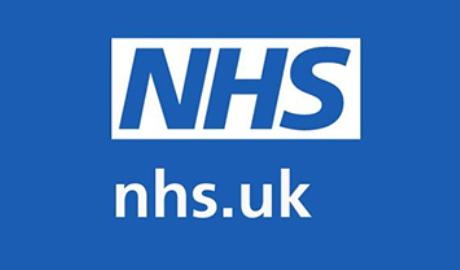Combined Pill
The combined contraceptive pill (also called the pill) is a type of hormonal contraception.
What is the combined pill?
- The combined contraceptive pill (also called the pill) is a type of hormonal contraception. It contains the hormones oestrogen and progestogen.
- It prevents pregnancy by stopping the ovaries releasing an egg each month.
- The combined pill is not suitable for everyone.
- It’s over 99% effective if you use it correctly all the time. If not used correctly, for example missing a pill, it’s less effective.
- When you stop taking the pill, your fertility usually returns to previous levels after about a month.
- The pill can help with acne, heavy or painful periods, PMS (premenstrual syndrome) and endometriosis.
- You can compare different methods, including how well they work and side effects, when choosing a method of contraception.
Where can I get the combined pill?
Contraception services are free and confidential on the NHS.
You can get the combined pill from:
- sexual health clinics, also called family planning or contraception clinics
- GP surgeries
- some pharmacies
- some young people's services (call the national sexual health helpline on 0300 123 7123 for more information)
Can I take the combined pill?
The combined contraceptive pill (also called the pill) is not suitable for everyone.
You may not be able to take it if you’re living with obesity, or you’re aged 35 or over and you smoke.
The pill may not be suitable if you have ever had:
- blood clots, or a family member had blood clots under the age of 45
- narrowed or blocked arteries, or a stroke
- a heart problem, heart disease, or high blood pressure
- migraines with warning signs called aura
- breast cancer
- gallbladder or bile duct problems
- liver cancer or severe cirrhosis
- complications due to diabetes
If any of these apply to you, talk to a doctor, nurse or pharmacist about whether it’s safe for you to take the pill.
Taking the combined pill for acne and heavy or painful periods
Taking the combined pill usually makes your periods regular, lighter and less painful.
The pill may also help the symptoms of:
- premenstrual syndrome (PMS)
- endometriosis
- polycystic ovary syndrome (PCOS)
- severe acne
If you have painful or heavy periods, or problem acne, ask a GP or pharmacist whether the pill could help with your symptoms.
Taking the combined pill after birth or when breastfeeding
If you have just had a baby and are not breastfeeding, you can usually start the pill on day 21 after the birth, but check with a midwife, health visitor, doctor, nurse or pharmacist first. You’ll need to use another type of contraception, such as condoms, for 7 days after you start taking the pill.
If you’re breastfeeding, you should wait 6 weeks after giving birth before you start taking the pill. You’ll need to use a different method of contraception, such as condoms, until then and for 7 days after you start taking the pill.
Taking the combined pill after a miscarriage or abortion
If you’re less than 24 weeks pregnant and have a miscarriage or abortion, you can start taking the pill straight away. If you start taking it within 5 days you’ll be protected from pregnancy immediately.
If you start the pill more than 5 days after a miscarriage or abortion, use another type of contraception, such as condoms, until you’ve taken the pill for 7 days.
If you’re more than 24 weeks pregnant and have a miscarriage, you can usually start the pill on day 21 after the miscarriage. Use another type of contraception, such as condoms, for 7 days after you start taking the pill.
For further information - click here

























